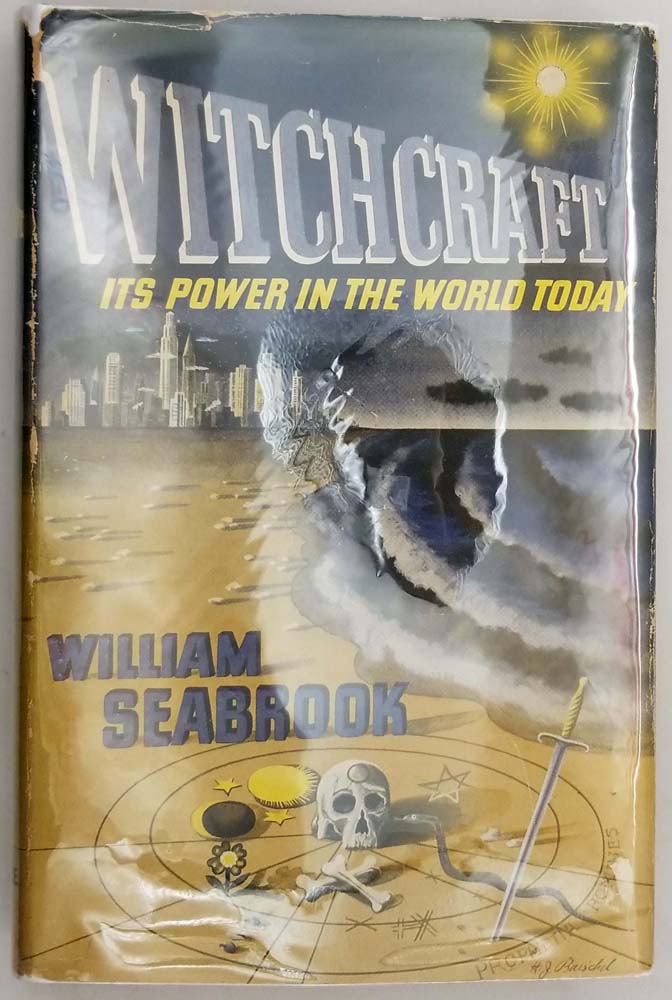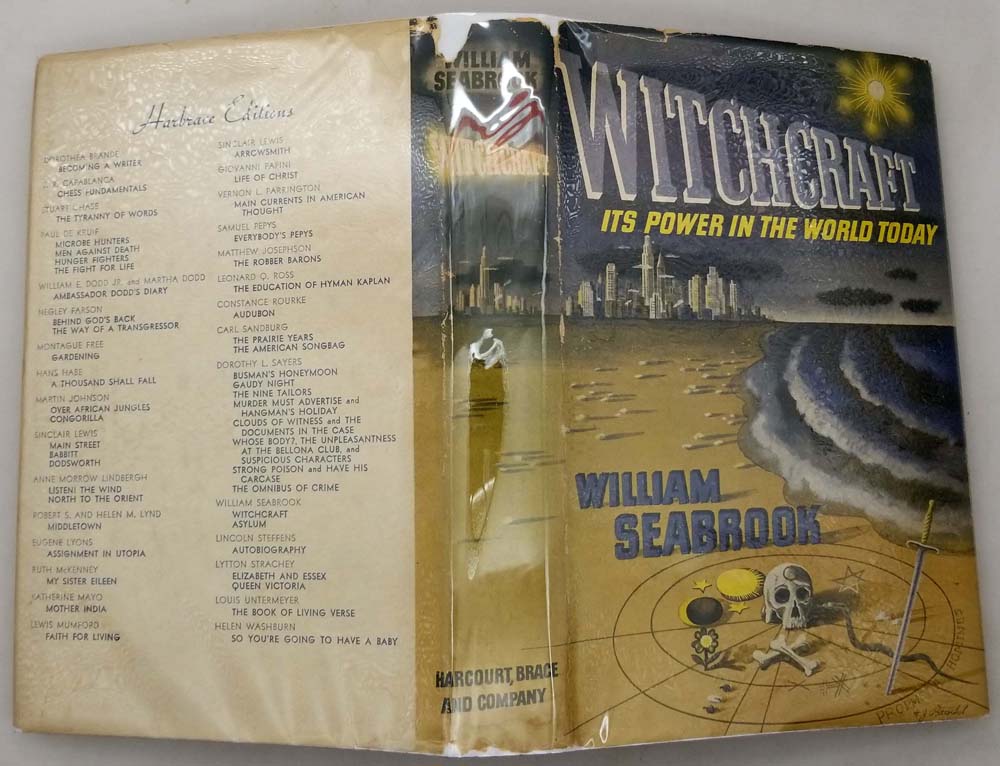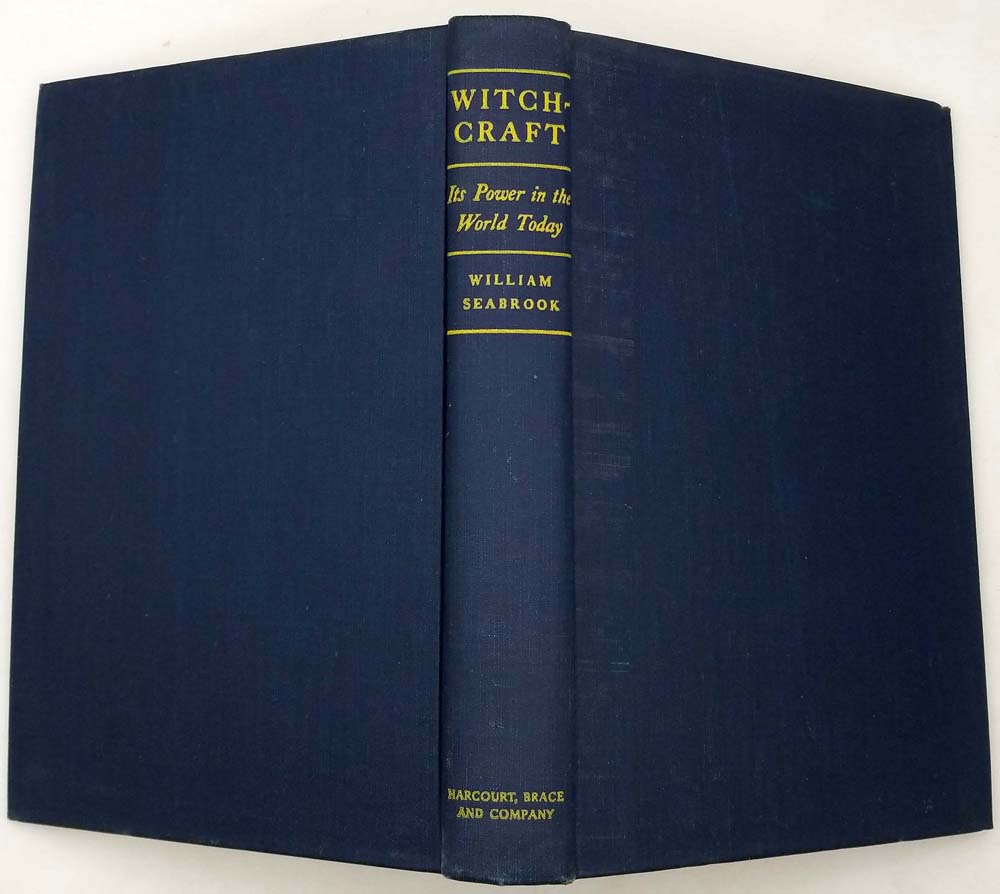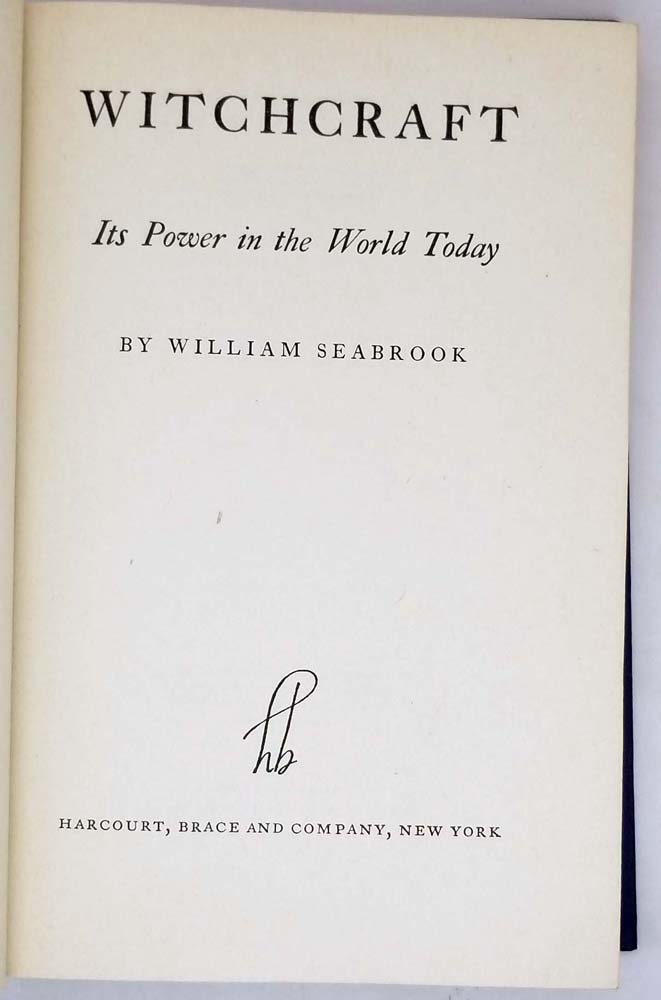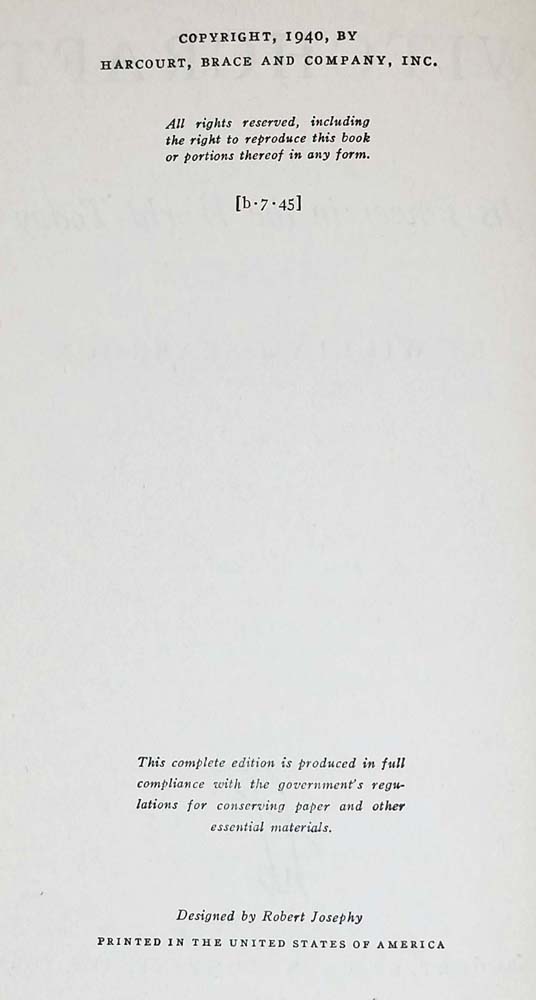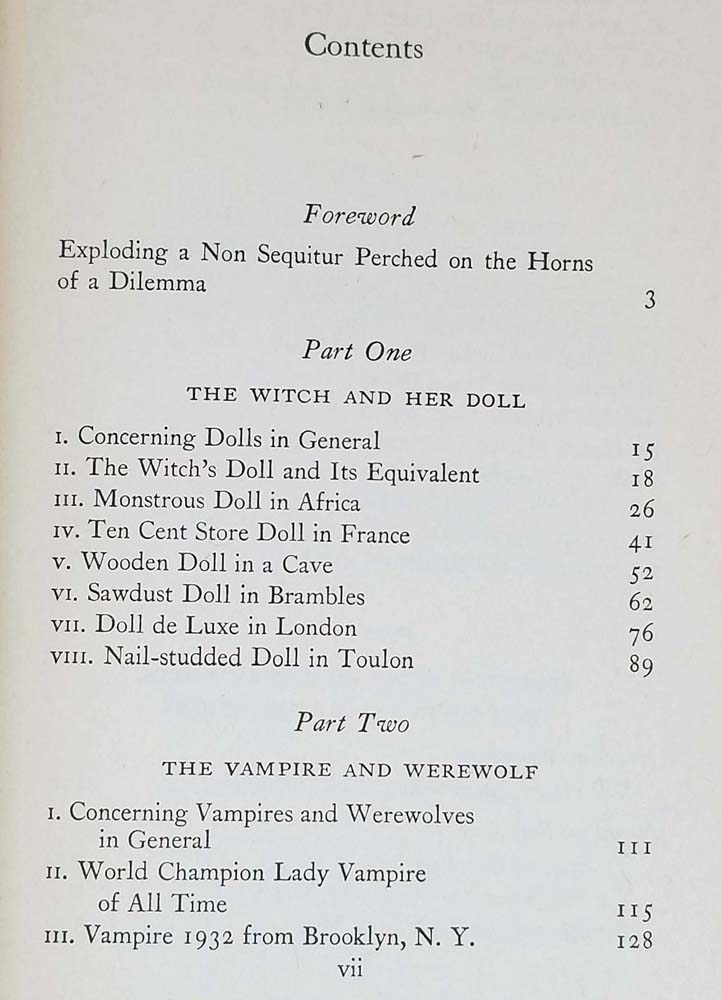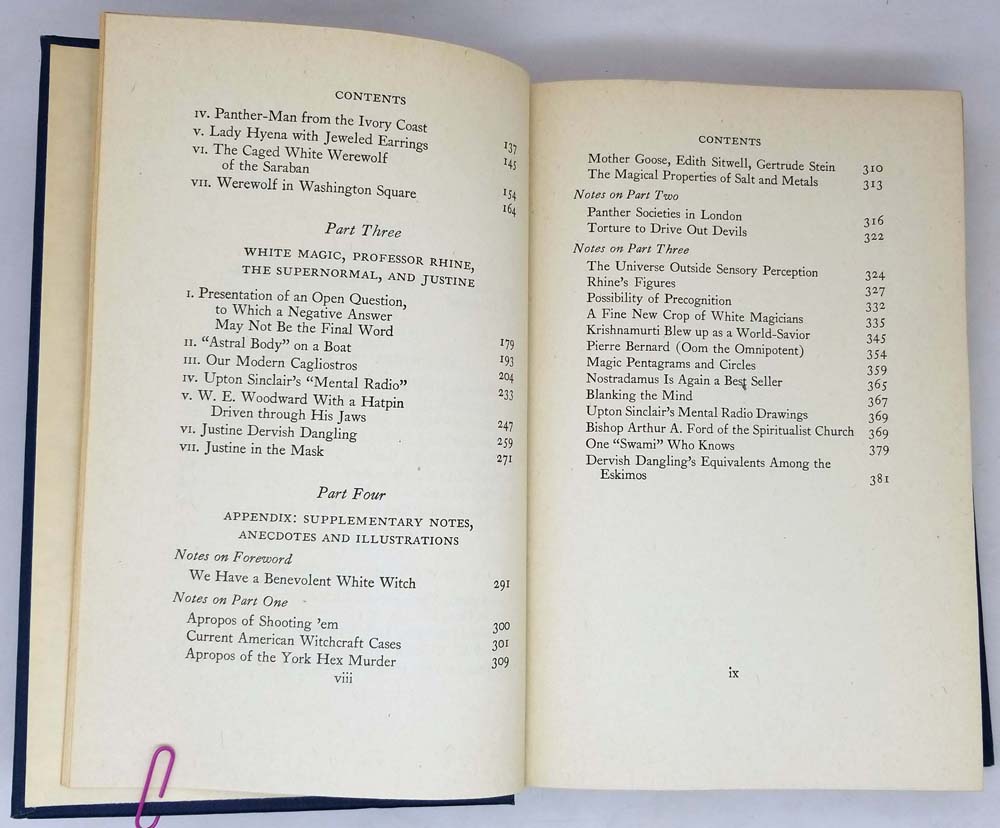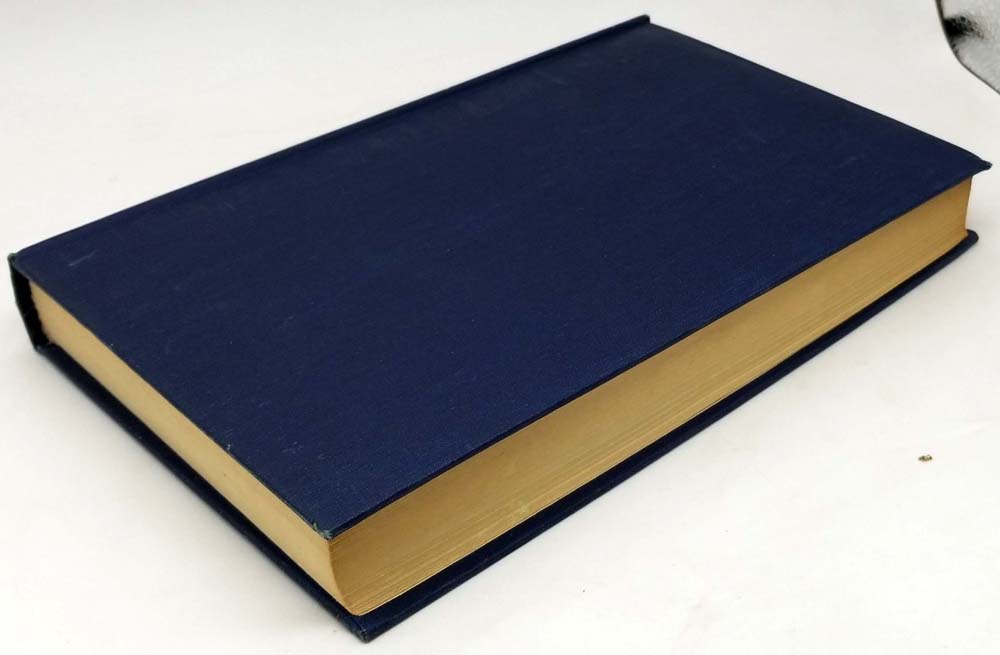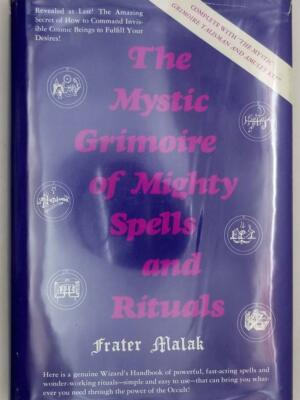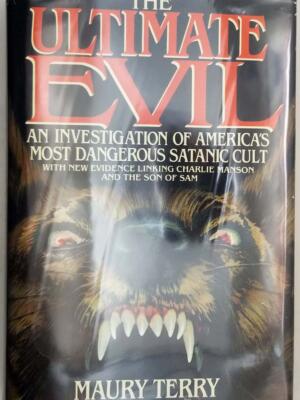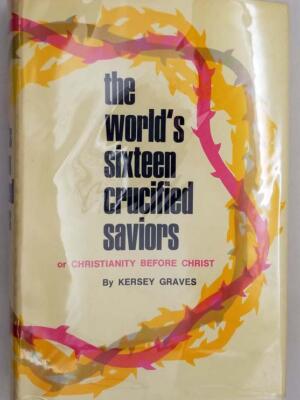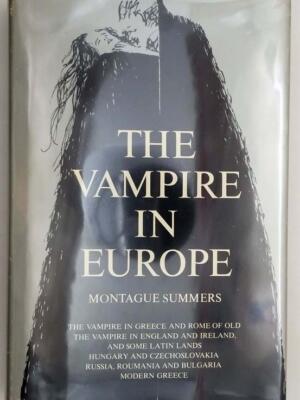Witchcraft: Its Power in the World Today (1940) by William Seabrook is a provocative and sensational exploration of occult practices, sorcery, and supernatural beliefs across cultures, penned by the infamous journalist-adventurer who brought voodoo and cannibalism to mainstream attention.
Seabrook—known for his firsthand, often controversial immersion in fringe subcultures—travels from Haitian voodoo ceremonies to European witch covets, documenting rituals, hexes, and alleged cases of magical influence. He interviews self-proclaimed witches, examines historical witch trials, and even details his own experiments with spells and trance states, blurring the line between anthropological study and pulp sensationalism.
Written in Seabrook’s signature immersive style, the book captures the eerie persistence of witchcraft in the modern age, framing it as both psychological phenomenon and (in his view) a tangible force. While his methods and credulity have been criticized, the book remains a gripping artifact of mid-20th-century occultism—a bridge between Margaret Murray’s witch-cult theories and the emerging New Age movement.
